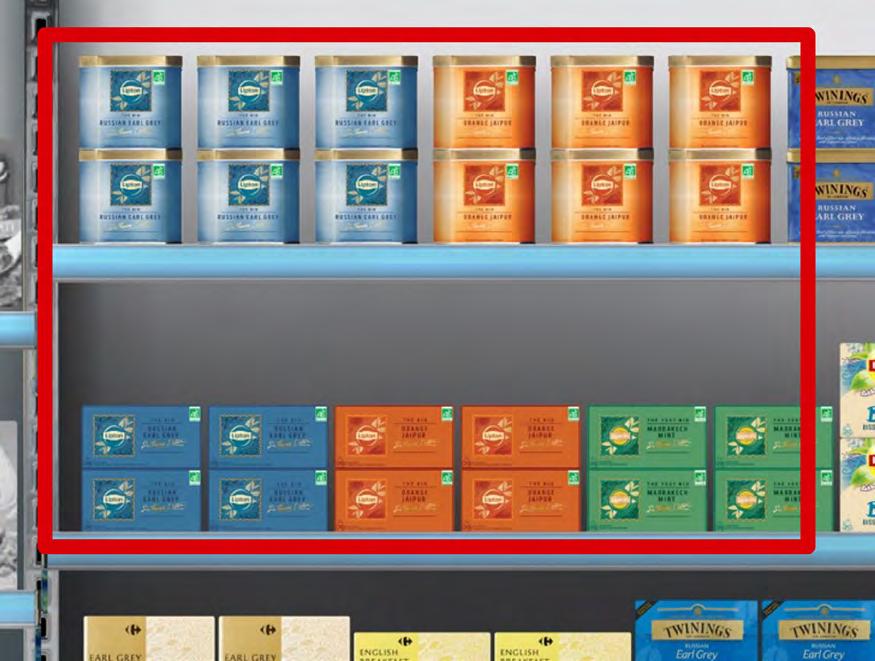
2 minute read
PACT SUITE AT METRIXLAB
Boosting appeal with emerging design trends
One emerging trend in packaging design is to add a digital interactive element on the pack. Brands aim to enrich their story, communicate more information, or even create an experience with QR codes and smartphone integrations.
Advertisement
The 19 Crimes wine brand has successfully engaged consumers with this trend. The dark bottle features a black and white image of a convict staring back at the camera. When consumers access the labels’ Augmented Reality component through the 19 crimes app, they’re immersed in a story about the featured convict.
Challenges and risks in packaging (re)design
Striking a balance
Balance is often the most difficult to achieve when creating powerful packaging design. Improving design performance in one area can diminish another.
Lipton’s new tea packaging design successfully conveys a message of natural, organic, and sustainable.
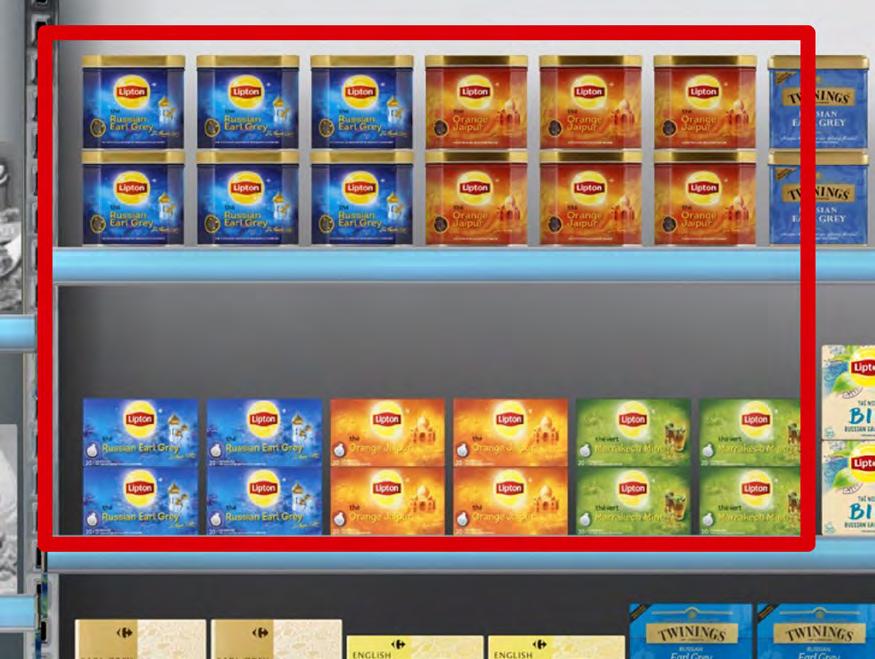
However, the design change results in lower shelf visibility, lower findability and lower brand recognition.
Important considerations for redesigns
• Volatility • Modernity • Visibility •
Changing the design of your logo delivers the highest risk or reward. This simply means that of all imaginable disruptive changes, redesigning a logo is the most volatile, followed by design color. Other types of design changes typically have more stable results.
Modernizing iconic designs is tricky and often pointless. Sometimes
Risky redesigns that paid off
Midol’s redesign revived the brand. It’s now modern and bright, appealing to millennials and Gen Z consumers. The new M logo has the potential to quickly grow into a strong branded asset with shelf stand-out.
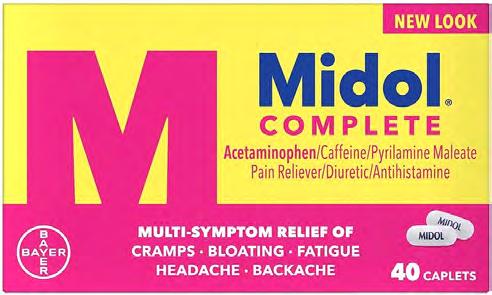

Pringles successfully modernized its iconic design while maintaining the classic brand features that consumers recognize – logo, color, Mr. Pringles, and the package shape.
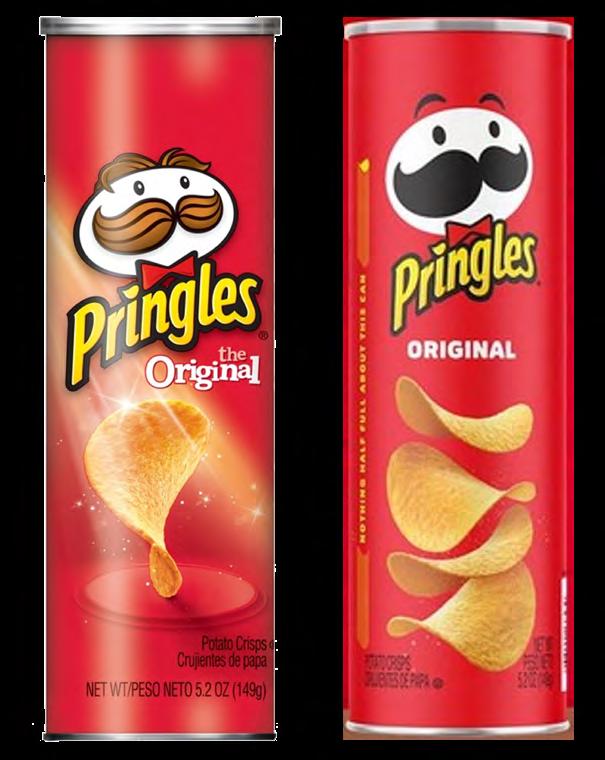
Miller Genuine Draft altered its design by elevating existing distinctive assets. The eagle is now larger and much more prominent. The colors are the same but applied differently. The result is dramatically different but still recognizable.
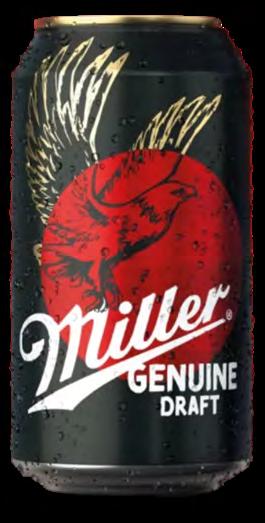

brands are unaware how much brand recognition their pack design delivers. We frequently find that iconic designs are so strong on all metrics it would be very difficult to further improve them. The most sensitive metric is the ‘perception or modernity’ metric. This is the metric we recommend monitoring if your design is an iconic design. Any iconic redesign should take an evolutionary approach, rather than revolutionary, and respect existing brand assets.
New designs struggle to retain shelf visibility. As we’ve mentioned, visibility is one of the leading drivers of shelf sales. This is all the more reason to recognize shelf visibility as a critical component to packaging redesign tests.
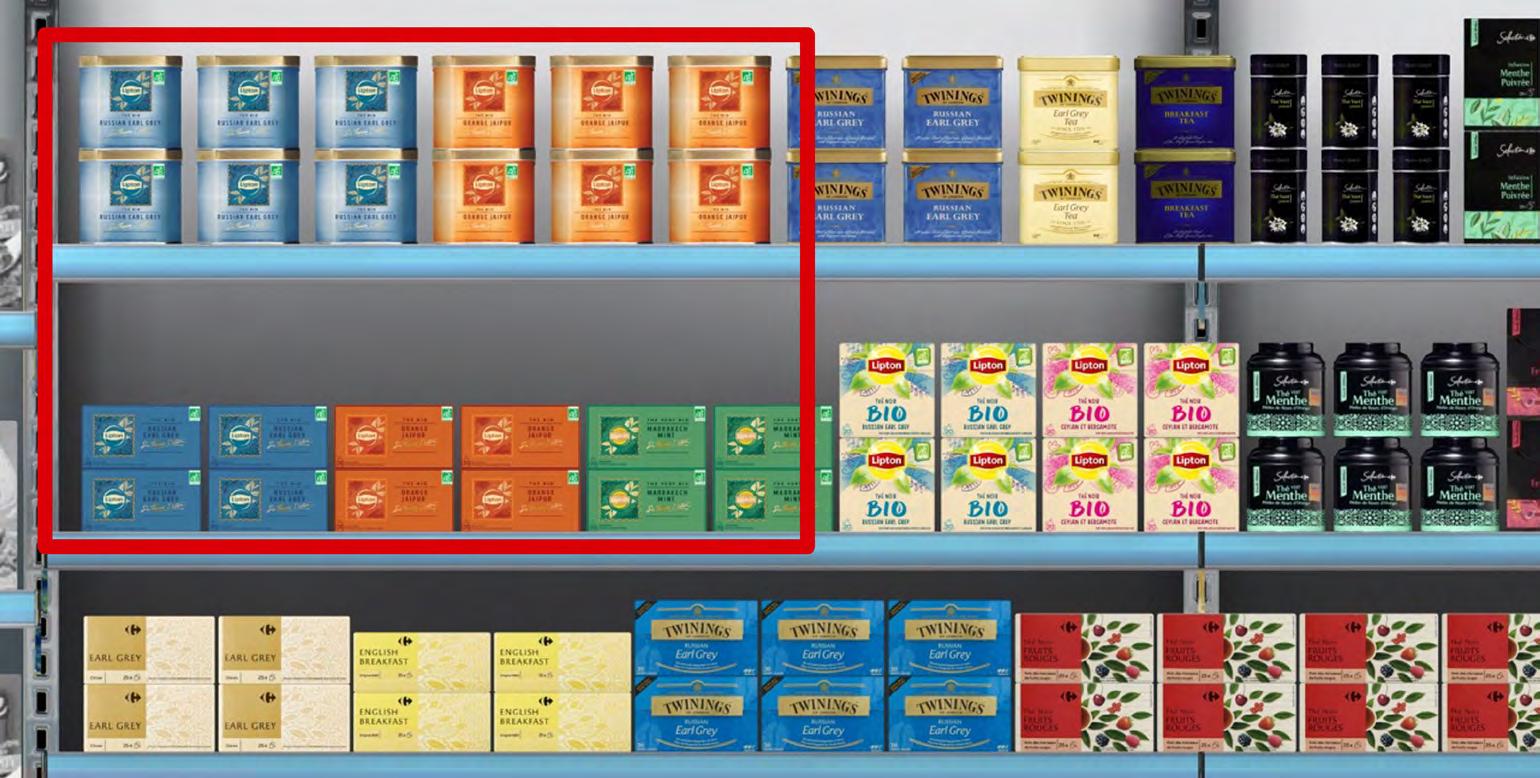
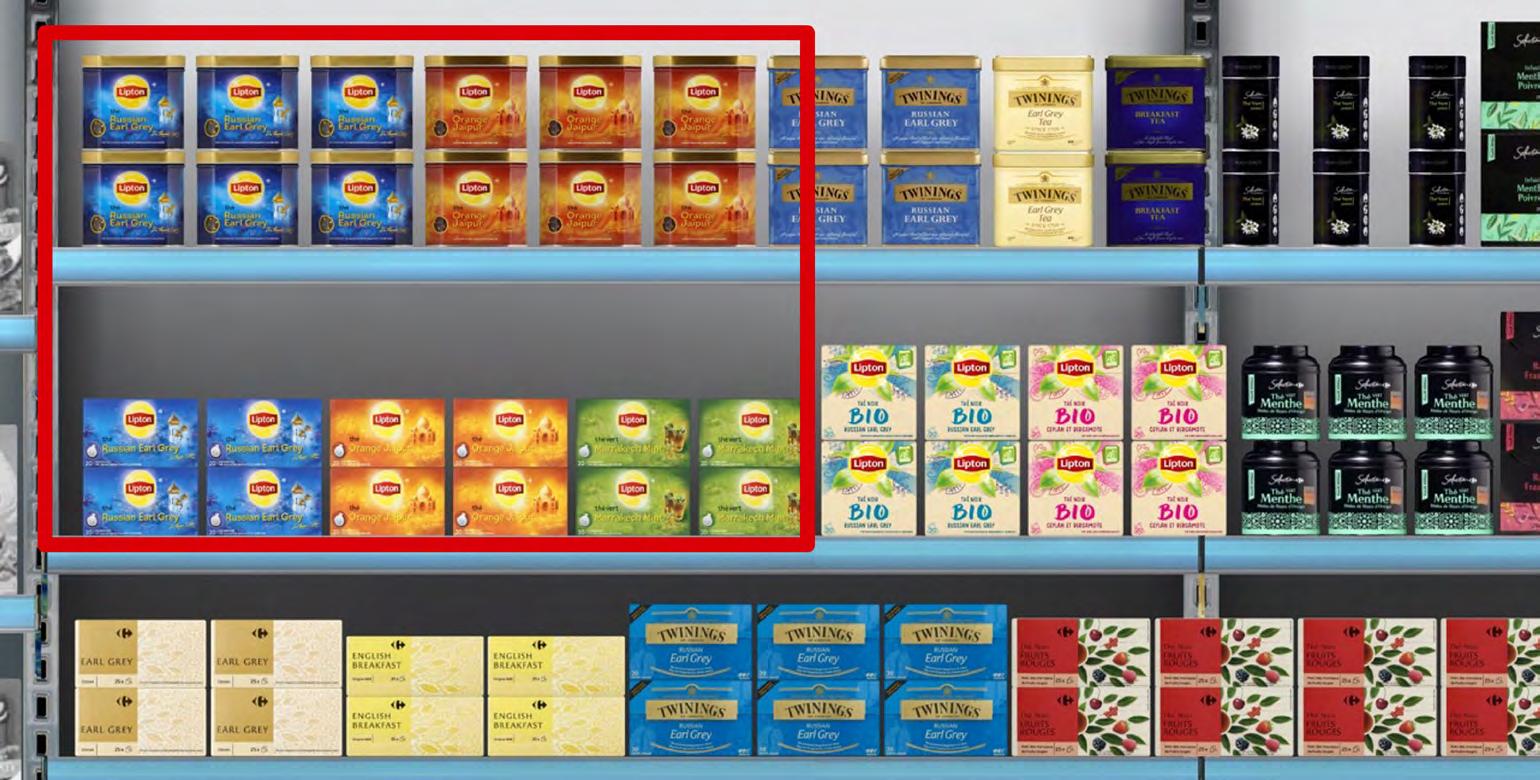
Risk/reward (volatility) indices associated with design change types
Summary of risk factors from design initiatives
In summary, we recognize three types of risk factors one should be aware of when considering a redesign
A. Shelf visibility is a metric that is typically negatively impacted the most in redesigns. This is a problem, as shelf visibility is a critical driver of the power of a pack design
• The implication is to always include shelf visibility as an action standard in pack design tests and be prepared for new designs to fail on this metric.
B. From all the disruptive design changes that are possible, a change of your logo design has the highest risk/reward profile.
• The risk from disruptive design changes can be properly managed through extensive testing. A disruptive design strategy is possibly better-suited for challenger brands as opposed to marketleading brands
C. Iconic pack designs are difficult to improve upon, and as such ambition should probably be limited to keeping the design fresh and contemporary.
• The implication is that you must first know if you have an iconic design or not. Depending on the answer to that question, you should set your redesign ambitions and associated action standards accordingly. >



